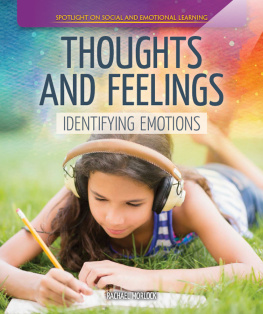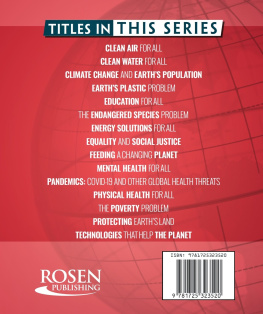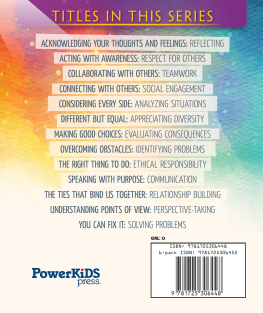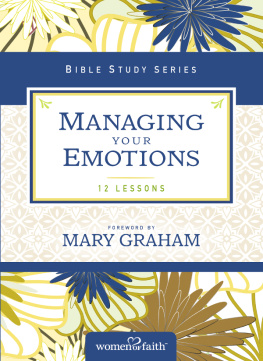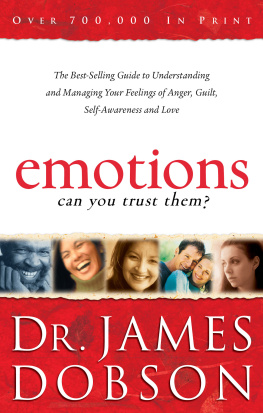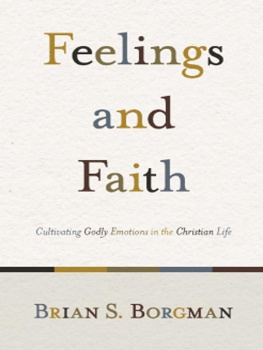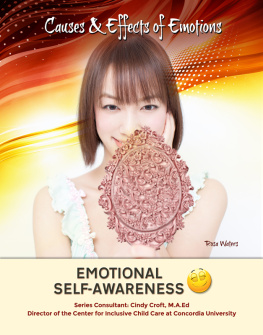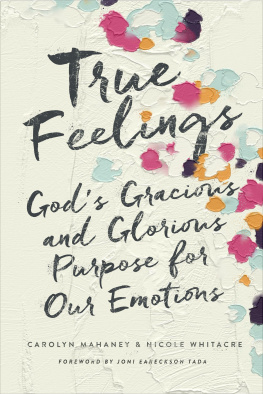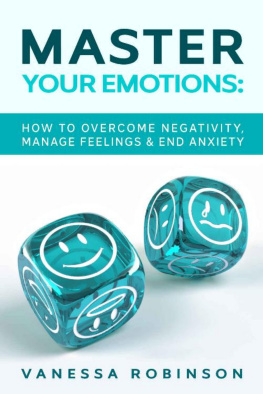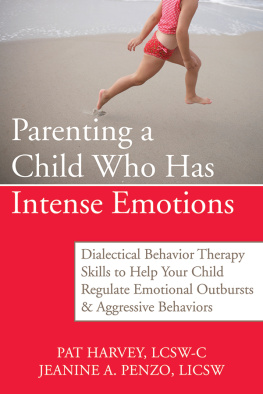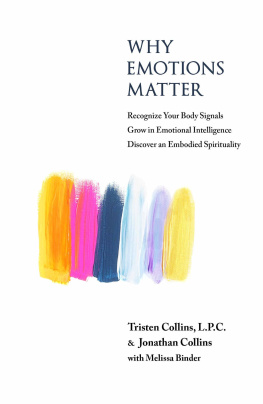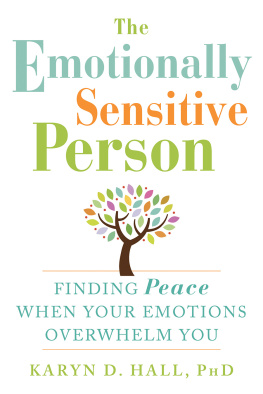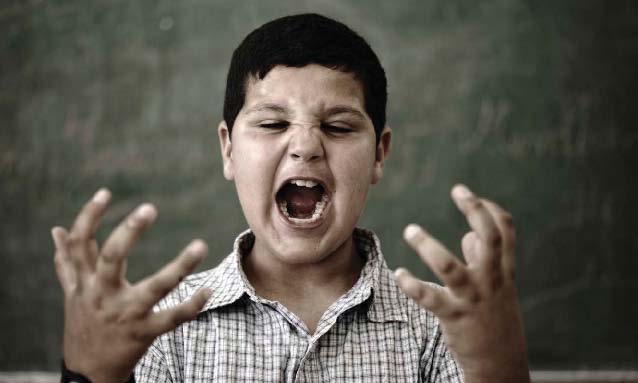Published in 2020 by The Rosen Publishing Group, Inc. 29 East 21st Street, New York, NY 10010
Copyright 2020 by The Rosen Publishing Group, Inc.
All rights reserved. No part of this book may be reproduced in any form without permission in writing from the publisher, except by a reviewer.
Editor: Elizabeth Krajnik Designer: Michael Flynn
Photo Credits: Cover JGI/Jamie Grill/Blend Images/Getty Images; cover, pp. 1, 3, 4, 6, 8, 10, 12, 14, 16, 18, 20, 2224 (background) TairA/Shutterstock.com; p. 5 ZoneCreative/Shutterstock.com; p. 7 (Dalai Lama) Nadezda Murmakova/ Shutterstock.com; p. 7 (Paul Ekman) Steven Dewall/Redferns/Getty Images; p. 9 (background) Konstantin Zubarev/ Shutterstock.com; p. 9 (tree) mirrelley/Shutterstock.com; p. 11 Thiago Bernardes/LightRocket/Getty Images; p. 12 ESB Professional/Shutterstock.com; p. 13 Lapina/Shutterstock.com; p. 15 Kevin Mazur/Getty Images Entertainment/Getty Images; p. 17 Nick Dolding/Cultura/Getty Images; p. 18 wavebreakmedia/Shutterstock.com; p. 19 Artbox/Shutterstock.com; pp. 2021 Jabin Botsford/The Washington Post/Getty Images; p. 22 LightField Studios/ Shutterstock.com.
Cataloging-in-Publication Data
Names: Morlock, Rachael.
Title: Thoughts and feelings: identifying emotions / Rachael Morlock.
Description: New York : PowerKids Press, 2020. | Series: Spotlight on social and emotional learning | Includes glossary and index.
Identifiers: ISBN 9781725302112 (pbk.) | ISBN 9781725302303 (library bound) | ISBN 9781725302211 (6pack)
Subjects: LCSH: Emotions--Juvenile literature. | Emotions in children--Juvenile literature.
Classification: LCC BF723.E6 M67 2020 | DDC 152.4--dc23
Manufactured in the United States of America
CPSIA Compliance Information: Batch #CSPK19. For further information contact Rosen Publishing, New York, New York at 1-800-237-9932.
CHAPTER one
WHAT ARE EMOTIONS?
Think about your first day of school. Can you remember how you felt? You might have been excited to see your friends, nervous to meet your teacher, or sad to be away from your parents. Maybe you had all those feelings at once!
Feelings are very personal reactions to an emotion. Everyone has emotions, no matter how old they are or where they live. Emotions can be signals with information about the world around us. They may give us an idea about whether something will be good or bad for us.
Emotions sometimes come quickly and unexpectedly. You might experience a jumble of emotions that change the way you think, the way your body feels, the way you look, and the way you act. With practice, you can learn to slow down, think about and name your emotions, and decide what to do next.
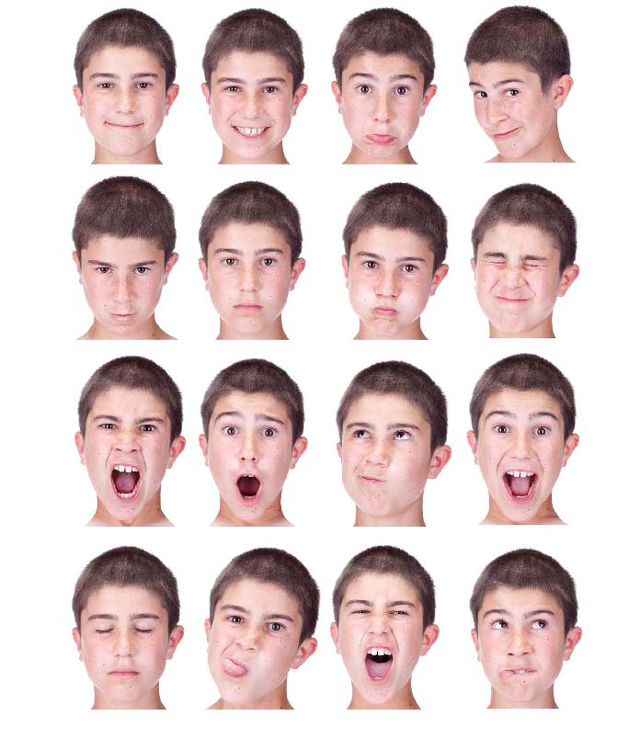
We can recognize emotions by the way they make us look and feel. This boys expressions show different emotions. Can you guess what they are?
CHAPTER two
EMOTIONS MATTER
Even though some emotions are more enjoyable than others, emotions themselves are neither good nor bad. Emotions can tell us where we are in relation to our goals. Some emotions, such as anxiety, feel negative. They signal that we are blocked or moving away from our goals. Other emotions, like joy or peace, feel positive. They tell us that we are moving closer to our goals.
Both positive and negative emotions can give us helpful information. An emotion tells you that theres something important to pay attention tosomething in your situation is causing your body and mind to react. Understanding why you feel different emotions can help you look more clearly for the source of the emotion. Then, you can choose how to respond to that information. Emotions provide clues about how to act so that we can move forward and make things better.

The Dalai Lama, a Buddhist leader, and psychologist Paul Ekman work together to teach people about emotions. They believe that understanding your emotions can make you more calm and healthy.
CHAPTER three
SORTING EMOTIONS
An important step in understanding emotions is identifying them. There are hundreds of words to describe our feelings. Luckily, most emotions are related to each other. They can be put into a few simple groups.
Scientists and psychologists have discovered that at least four emotions are often recognized in similar ways around the world. Happiness, anger, fear, and sadness are considered universal emotions. Smiles often show happiness and frowns suggest anger. Other expressions show fear or sadness. These four emotions are a good place to begin when identifying your feelings.
You can think of happiness, anger, sadness, and fear as tree trunks with a number of similar emotions as branches. Usually, the emotions in each tree make you feel and act in similar ways. Some branches are large and strong while others are small and weaker.
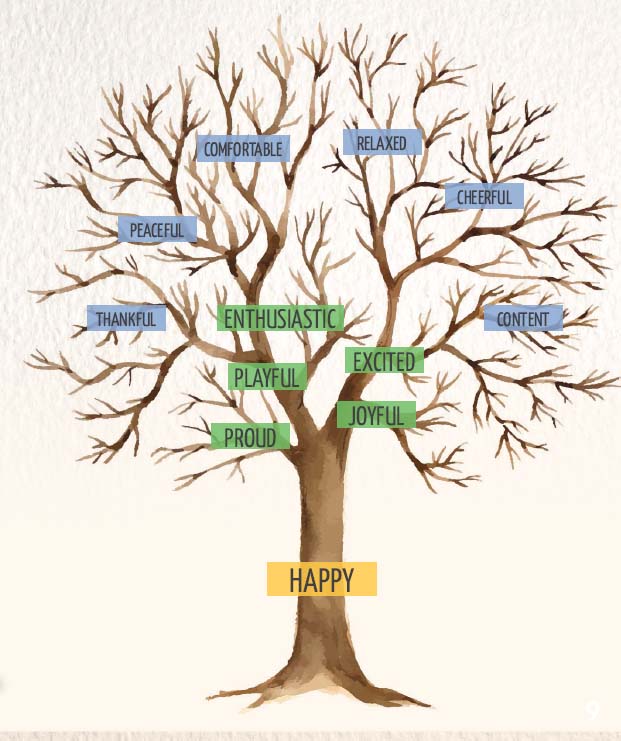
Not all your emotions will fit into these four groups. Some are a mixture of more than one group. Others, like surprise, may form their own smaller group.
CHAPTER four
HAPPINESS
Your favorite emotions probably fall into the happiness group. You can be content, relaxed, comfortable, thankful, cheerful, peaceful, joyful, or delighted. Happy emotions signal that things are going well as you move toward your goals.
How does happiness feel? You might have a feeling of warmth or a burst of energy. The way your voice sounds and the movements you make with your face and body provide clues about how you feel, too. Smiling and laughing are common signs of happiness.
What makes you happy? A positive experience with one of your five senses, like eating something delicious or taking a refreshing swim, can inspire happy emotions. You may also feel happy after an accomplishment or a connection with another person. To explore your happiness, ask yourself, What goal am I moving toward? What is helping me get there?

After defeating Croatia in the 2018 World Cup, the French team looked very happy! They might have also felt proud, energized, or relieved. What other emotions do you think they experienced?
CHAPTER five
ANGER
Unlike happiness, anger is usually unpleasant. Rage and fury are more powerful than irritation and annoyance, but they are all related to anger. Other forms include grumpiness and impatience.
How does your body feel when youre angry? Anger can make you hot and uncomfortable. You might feel energy building up suddenly inside you as you get ready to act. Angry people often frown, turn red or pale, curl their hands into fists, cross their arms, or shout.

